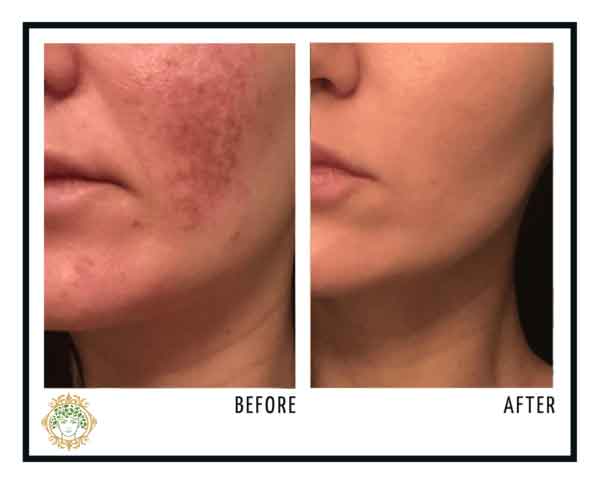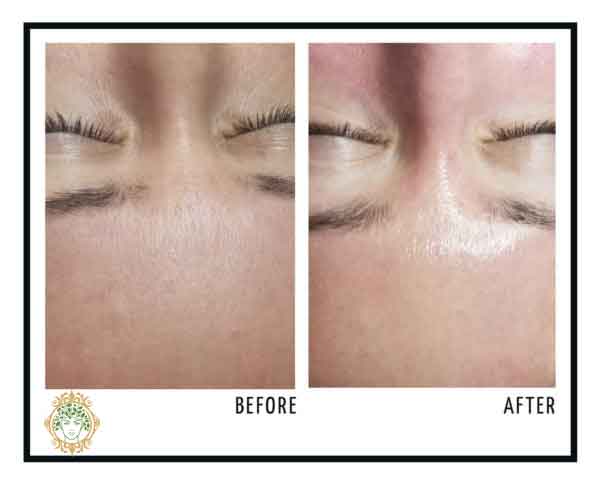Chemical peels are a great idea, and yes, you should incorporate it into your beauty regime! Whether you suffer from persistent acne scars, or you’ve noticed your skin has lost its former luster and is looking dull in appearance; chemical peels are a great option for you.
The word “chemical” often triggers notions of harsh products used on the skin to induce peeling; however, that’s not necessarily true, and in fact, chemical peels are safe and effective when done by the right medical professional.
Within every chemical peel procedure, our very resourceful medical aesthetician will analyze your skin, and depending on your skin type and need, will recommend a particular formula of chemical peel, that will either act superficially on the skin or penetrate at a deeper layer.
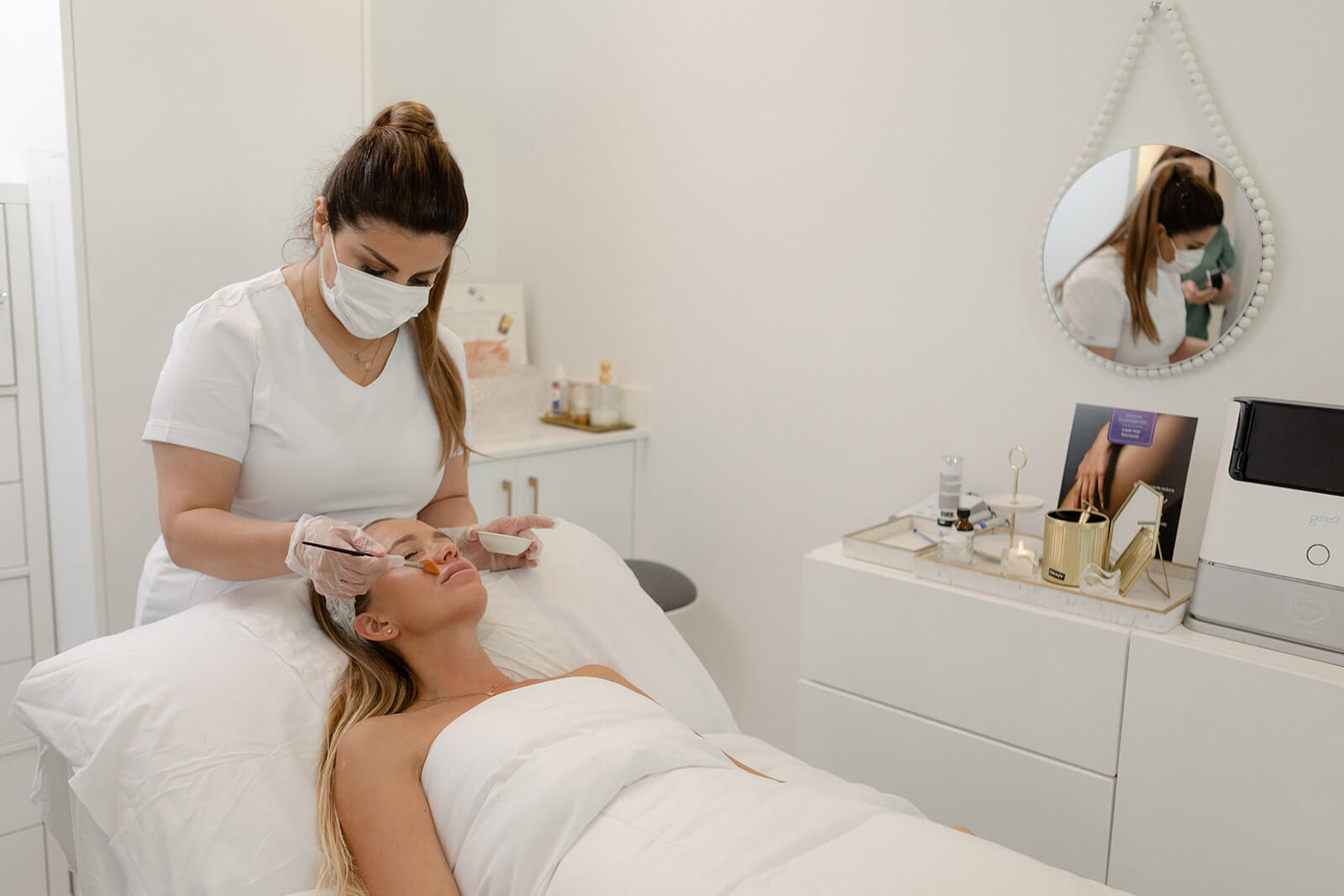
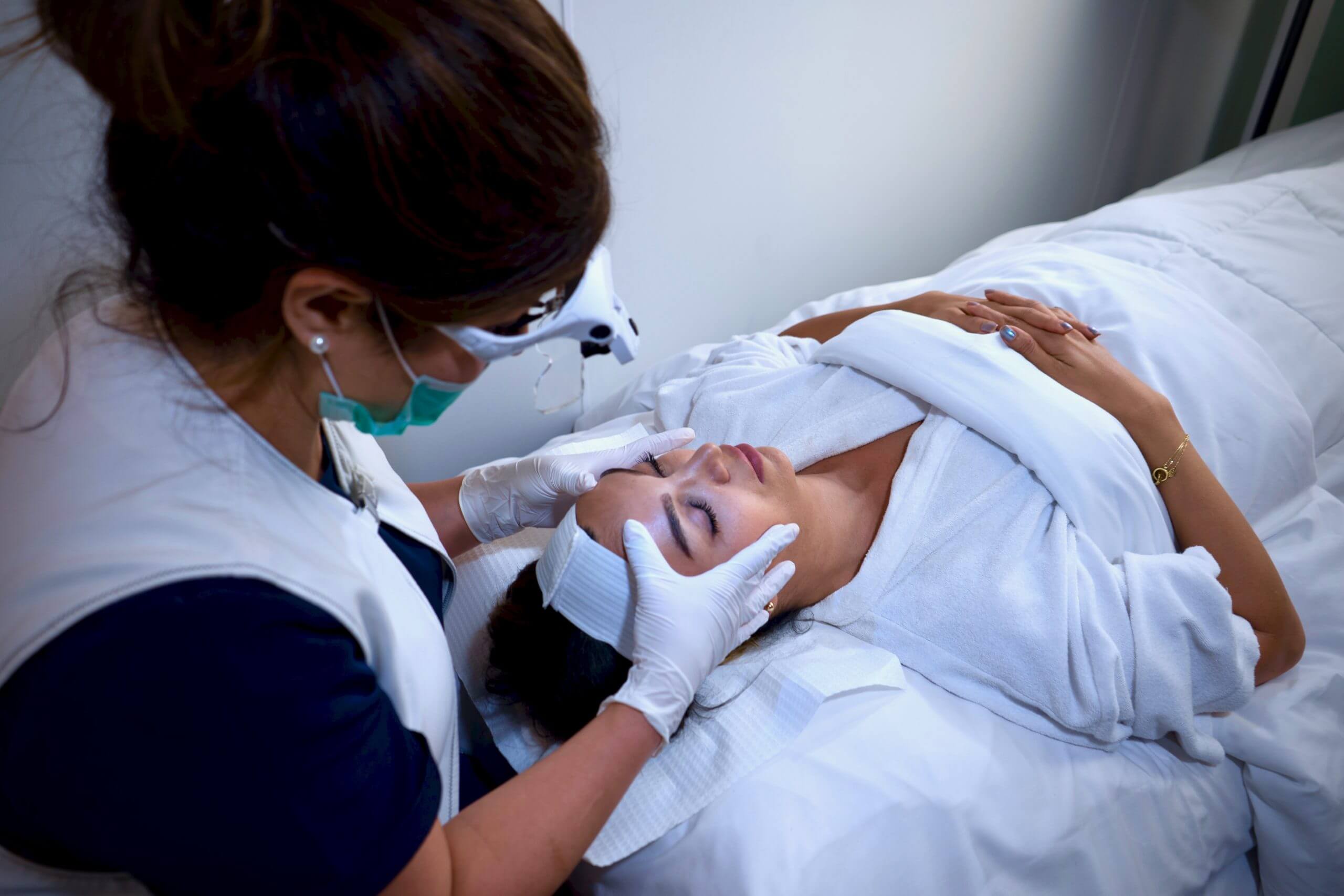
The chemical solution is then prepared and applied to your face. As the chemical solution exfoliates your skin, a separation of the formula occurs and eventually peels off, hence the term “chemical Peel”. The procedure takes approximately 45 minutes. Patients often experience a sensation of heat for the first few minutes, followed by a stinging feeling on the skin. Upon completion, dull and damaged skin is peeled off; whether this is a physical, flaky appearance of the skin, or “micro peeling” in which the peeling happens microscopically and undetected to the naked eye. A fresher and firmer skin surfaces, and along with it, a boost in collagen production and skin rejuvenation.
At the Venus Skin Clinic, we offer three different kinds of chemical peels:
Lactic Acid Peel
This is a form of chemical peel derived from milk, and therefore, it tends to be a milder form of chemical peel that acts more superficially on the skin, and does not penetrate as deeply. This type of chemical peel is suitable for individuals with sensitive to dry skin, and whose skin does not warrant a deep exfoliation.
Glycolic Acid Peel
This form of chemical peel is a great exfoliate for most types of skin, as it works as an anti-aging treatment by penetrating at a medium level and aiding in skin rejuvenation. It is also a great form of peel for skin brightening and improving the overall texture of the skin damaged through extensive sun exposure. A Glycolic Acid peel main ingredient is alpha hydroxyl acid, which is derived from sugar cane.
Salicylic Acid Peel
This type of chemical peel is derived from beta hydroxyl (BHA), and it is the strongest chemical peel of the three, as it activates regeneration at a deeper level. In fact, this peel is highly recommended for individuals with acne-prone skin and clogged pores. It is generally suitable for most skin types, but especially effective for oiler types of skin.
Chemical peels are best suited for:
- Sun-damaged skin
- Uneven skin tones
- Wrinkles as a result of aging
- Mild scarring
- Acne-prone skin & Acne scars
Post-procedural side effects may include some superficial flaking, as well as a sensitive and red appearance of the skin, which subsides after 24 hours, depending on the chemical peel used and the degree of skin penetration. The use of moisturizer and sunscreen post-chemical peel is highly recommended.
Before/After
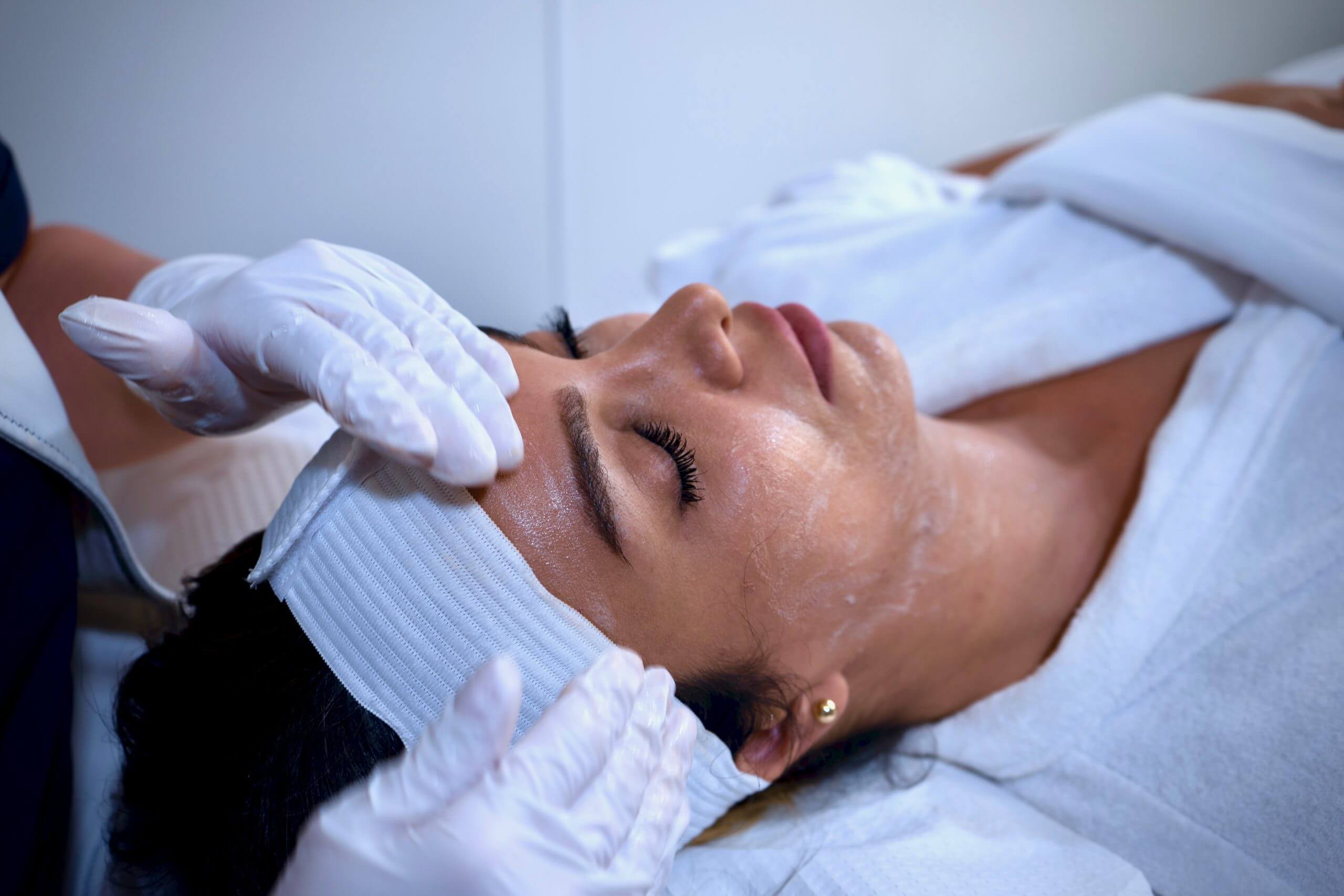
Chemical peels are best suited for:
- Sun-damaged skin
- Uneven skin tones
- Wrinkles as a result of aging
- Mild scarring
- Acne-prone skin & Acne scars
Post-procedural side effects may include some superficial flaking, as well as a sensitive and red appearance of the skin, which subsides after 24 hours, depending on the chemical peel used and the degree of skin penetration. The use of moisturizer and sunscreen post-chemical peel is highly recommended.
* Results of this treatment may vary from person to person.
Procedure Time
60minutes
Physician applied peel
none
none to mild
within 1 week
has a cumulative effect
none


